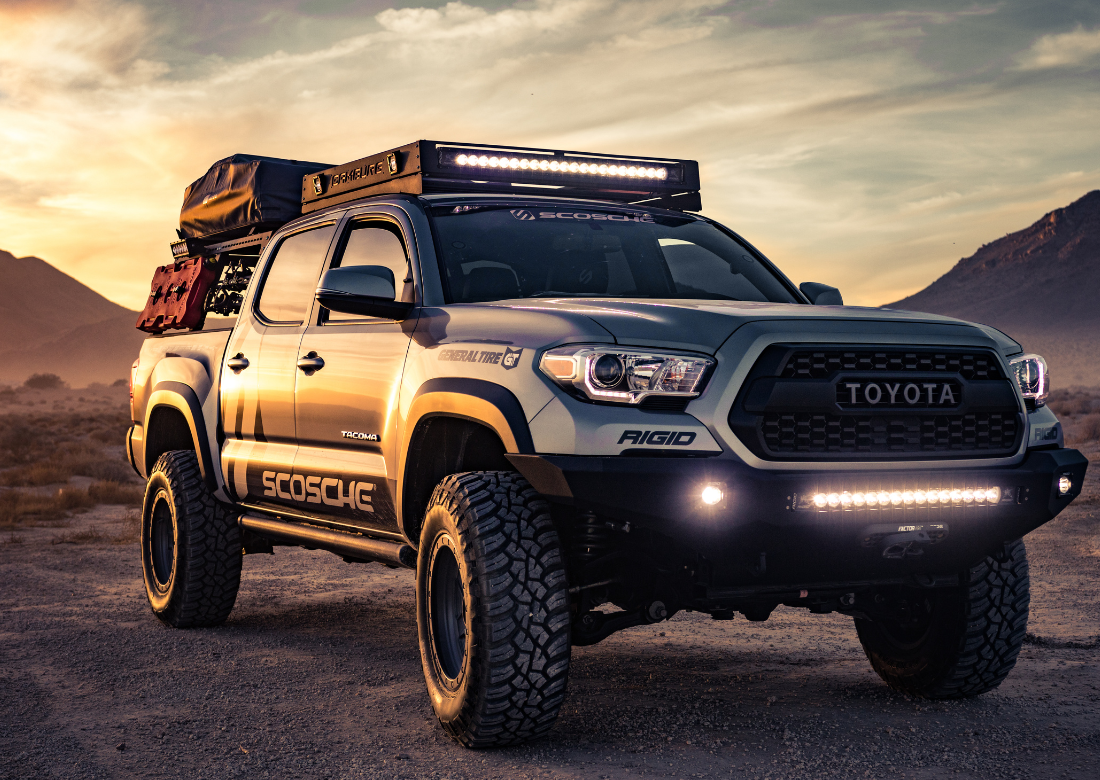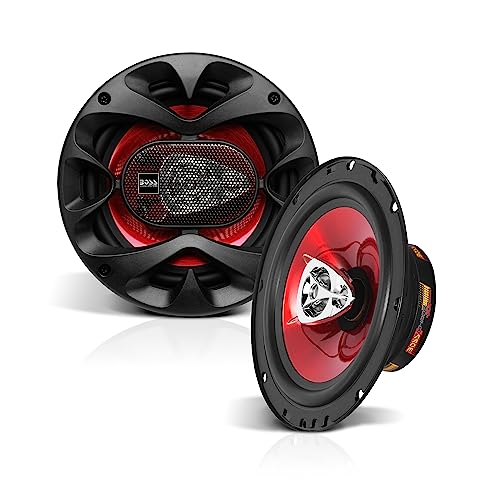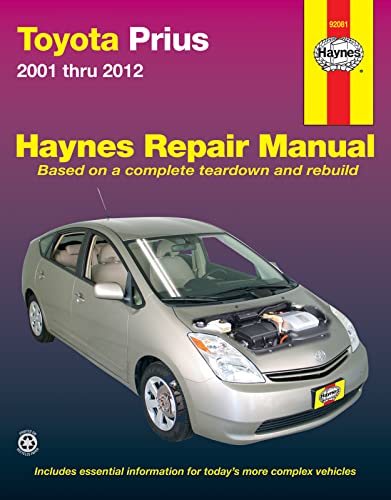As an Amazon Associate, I earn from qualifying purchases
If you own a Toyota Tacoma or are thinking about getting one, you probably want to know exactly how much weight it can carry. Whether you’re planning a tough workday haul or a weekend adventure, understanding your Tacoma’s load capacity is crucial.
Knowing this helps you avoid damage, stay safe, and get the most out of your truck. You’ll discover the real numbers behind the Tacoma’s carrying power and practical tips to make every load count. Ready to find out what your Toyota Tacoma can handle?
Let’s dive in.
Toyota Tacoma Towing Basics
The Toyota Tacoma is a popular midsize truck known for its reliability. Understanding its towing capacity helps you use it safely and efficiently. Several factors affect how much weight the Tacoma can tow.
These include the engine type, truck bed size, and cab style. Each element changes the truck’s overall towing ability. Knowing these details helps you pick the right Tacoma for your needs.
Engine Options And Their Impact
The Tacoma offers different engines. A 2.7-liter four-cylinder engine is standard. It provides moderate power and good fuel economy. The more powerful option is a 3.5-liter V6 engine. This engine delivers more torque and higher towing capacity.
The V6 engine can tow up to 6,800 pounds. The four-cylinder engine handles less weight, around 3,500 pounds. Engine choice directly affects how much weight the Tacoma can safely pull.
Truck Bed Sizes And Configurations
Toyota Tacoma trucks come with two bed sizes: a short bed and a long bed. The short bed is about 5 feet long. The long bed is around 6 feet. A longer bed can carry more cargo and improve weight distribution.
Both bed sizes influence the truck’s payload capacity. Payload is the weight the truck bed can carry. Proper weight balance helps with safer towing and driving.
Cab Styles And Weight Limits
The Tacoma is available in two cab styles: Access Cab and Double Cab. The Access Cab has two doors and a smaller rear area. The Double Cab has four doors and more passenger space.
The cab style affects the truck’s curb weight and payload. The Double Cab usually weighs more and carries less payload. The Access Cab is lighter, allowing for a higher payload capacity.
Payload Capacity Breakdown
The payload capacity of a Toyota Tacoma tells you how much weight it can safely carry. This weight includes passengers, cargo, and any extra equipment. Understanding payload is key to using your Tacoma without overloading it.
Knowing the numbers helps keep your truck in good shape. It also keeps you safe on the road. Let’s break down the important terms and how they relate to payload capacity.
Gross Vehicle Weight Rating (gvwr)
GVWR is the maximum weight your Tacoma can handle. This includes the truck itself, passengers, cargo, and fuel. It is set by the manufacturer to keep the vehicle safe and stable.
Never exceed the GVWR. Doing so risks damage and unsafe driving conditions.
Curb Weight Explained
Curb weight is the weight of the Tacoma with all standard equipment. It includes full fuel but no passengers or cargo. Think of it as the truck’s starting weight before loading.
This number helps you figure out how much extra weight your truck can carry.
Calculating Payload Capacity
Payload capacity equals GVWR minus curb weight. This calculation shows the total weight you can add safely.
For example, if your Tacoma’s GVWR is 6,000 pounds and curb weight is 4,000 pounds, your payload capacity is 2,000 pounds.
Always check your specific model’s numbers. Payload capacity can vary based on truck size and features.
Factors Affecting Payload
The payload of a Toyota Tacoma depends on several important factors. These factors affect how much weight the truck can safely carry. Understanding them helps you avoid overloading and keeps the truck in good condition. Knowing what influences payload capacity lets you plan your loads better and ensures safe driving.
Passenger And Cargo Weight
The number of passengers inside the truck changes the payload capacity. Each person adds extra weight. Also, cargo weight includes everything in the bed and cabin. Overloading with heavy passengers and cargo reduces the total payload you can carry. Always count all the weight inside the truck.
Aftermarket Accessories Impact
Adding accessories like roof racks or heavy bumpers changes the payload. These parts add weight to the truck. They reduce the amount of weight left for cargo and passengers. Some accessories may also change the truck’s balance and handling. Choose accessories carefully to keep payload limits safe.
Fuel And Fluids Weight Consideration
Fuel and other fluids like oil and coolant add weight too. A full fuel tank can add hundreds of pounds. This weight lowers the available payload capacity. Consider the weight of all fluids when calculating how much cargo to carry. Always check fluid levels before loading the truck.

Credit: durangovalueautos.com
Payload Limits By Model Year
Payload limits show how much weight a Toyota Tacoma can carry safely. These limits change with each model year. Knowing these numbers helps you use your truck wisely and avoid damage.
Payload depends on many factors like engine type, suspension, and truck bed size. Over the years, Toyota made changes that affected how much weight each Tacoma can handle. Below, explore how payload limits vary by model year.
Early Model Variations
Early Toyota Tacoma models from the mid-1990s had lower payload limits. Most carried between 1,000 to 1,300 pounds. These trucks were smaller and lighter. They focused more on daily driving than heavy loads. Some models had stronger frames, but payload stayed modest.
Recent Model Improvements
Recent Tacomas, especially after 2016, show higher payload limits. Some models carry up to 1,620 pounds. Toyota improved engines and suspension systems. These upgrades help trucks handle heavier loads. New safety features also protect the truck under stress.
Special Editions And Their Capacities
Special Tacoma editions often change payload capacity. Off-road models sometimes have lower limits due to added equipment. Work-focused editions may have reinforced frames and higher payloads. Payload can vary from 1,000 to 1,620 pounds depending on the edition.
Maximizing Your Tacoma’s Load
Maximizing your Toyota Tacoma’s load means using its full potential safely. Knowing how to carry weight properly helps keep your truck stable and protects its parts. This section covers ways to load your Tacoma well, improve its suspension, and pick the right tires and wheels.
Proper Loading Techniques
Place heavy items low and close to the truck’s center. This keeps the truck balanced and reduces sway. Distribute weight evenly across the bed to avoid strain on one side. Secure all cargo tightly to prevent shifting during travel. Avoid stacking items too high to keep good visibility and control.
Suspension Upgrades
Upgrading the suspension helps your Tacoma handle heavier loads. Stronger springs or shocks improve stability and comfort. Look for parts made for your Tacoma model and weight needs. Better suspension reduces wear and tear on your truck. It also helps maintain control on rough roads or sharp turns.
Tire And Wheel Recommendations
Choose tires designed for heavy loads and rough terrain. Check the tire’s load rating before buying. Tires with good tread improve grip and safety. Wheels should match the size and strength needed for your Tacoma. Proper tires and wheels help prevent blowouts and improve fuel efficiency.
Safety Tips For Heavy Loads
Carrying heavy loads in a Toyota Tacoma needs careful attention. Safety is the top priority. Following simple tips helps avoid accidents and damage. These tips keep you and others safe on the road. Learn how to handle heavy loads smartly and legally.
Avoiding Overloading Risks
Never load more than the truck’s capacity. Overloading stresses the suspension and brakes. It causes tire blowouts and poor control. Check your Tacoma’s payload limit in the manual. Distribute weight evenly to prevent imbalance. Use proper tie-downs to secure cargo. Loose items can shift and cause accidents.
Maintaining Vehicle Stability
Heavy loads affect your truck’s balance. Drive slower on turns and rough roads. Increase your stopping distance to stay safe. Avoid sudden braking or sharp steering. Keep the load low to lower the center of gravity. Check tire pressure often to match the load. Balanced weight helps maintain control and stability.
Legal Load Limits And Compliance
Follow local laws about load limits and permits. Exceeding limits can lead to fines or penalties. Some roads have specific weight restrictions. Know your Tacoma’s Gross Vehicle Weight Rating (GVWR). Include passengers and cargo in total weight. Carry necessary documents to prove compliance. Staying legal avoids trouble and keeps roads safe.
Comparing Tacoma To Competitors
Comparing the Toyota Tacoma to its competitors helps to understand its strength. Many trucks offer strong payload and towing capacities. The Tacoma holds its own but also shows unique traits. This section breaks down how it stacks up against similar trucks.
Payload Capacities Of Similar Trucks
The Toyota Tacoma’s maximum payload is about 1,440 pounds. The Ford Ranger can carry close to 1,860 pounds. Chevrolet Colorado offers a payload around 1,550 pounds. The Nissan Frontier’s payload is near 1,460 pounds. Tacoma’s payload is solid but slightly lower than some rivals.
Towing Versus Payload Strength
Towing capacity and payload capacity often differ. Tacoma can tow up to 6,800 pounds. Ford Ranger’s towing limit is about 7,500 pounds. Chevrolet Colorado can tow close to 7,700 pounds. Nissan Frontier’s towing capacity is around 6,720 pounds. Tacoma balances towing and payload well for its size.
Value For Load-carrying Performance
Toyota Tacoma offers reliability and durability in load carrying. Some competitors provide higher numbers but may lack in long-term value. Tacoma’s reputation for lasting many years adds to its appeal. Buyers often choose Tacoma for a mix of power and dependability.

Credit: durangovalueautos.com

Credit: www.darcarstoyotaofbaltimore.com
Frequently Asked Questions
How Much Weight Can A Toyota Tacoma Carry Safely?
A Toyota Tacoma can carry between 1,175 to 1,620 pounds depending on the model and configuration.
What Affects The Toyota Tacoma’s Payload Capacity?
Payload depends on engine size, cab type, suspension, and whether it’s 4×2 or 4×4.
Can I Increase My Toyota Tacoma’s Payload Capacity?
Payload capacity is set by the manufacturer and should not be exceeded for safety.
How Does Payload Differ From Towing Capacity In A Tacoma?
Payload is the weight inside the truck; towing capacity is the weight it can pull.
What Happens If I Overload My Toyota Tacoma?
Overloading risks damage to the truck, reduces control, and increases accident chances.
Where Can I Find My Tacoma’s Exact Payload Capacity?
Check the driver’s door sticker or the owner’s manual for specific payload info.
Conclusion
The Toyota Tacoma carries a strong load for its size. It handles weight safely and efficiently. Knowing the exact capacity helps avoid damage or accidents. Always check your model’s specific limits before loading. Proper use keeps your truck running well longer.
This makes the Tacoma a reliable choice for many tasks. Trust in its strength but respect its limits. Ready for work or play, it adapts to your needs. Keep weight in mind to enjoy your Tacoma fully.
As an Amazon Associate, I earn from qualifying purchases


